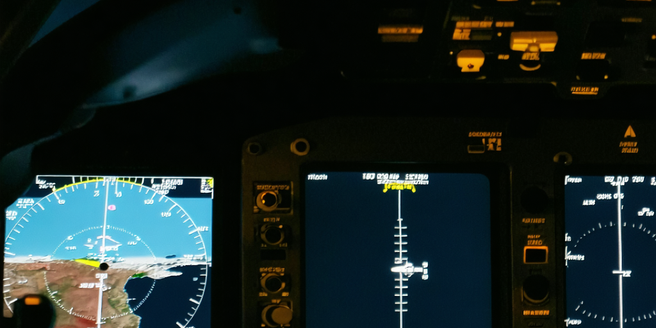
Understanding Wind Shear Phenomenon in Aviation
Wind shear refers to the rapid change in wind speed or direction over a short distance. In aviation, understanding this phenomenon is crucial for safe flight operations. Wind shear can occur at any altitude but is particularly dangerous during takeoff and landing phases. Consequently, training for pilots often includes specific modules on identifying and dealing with wind shear. Pilots rely on accurate weather forecasts and onboard instruments to detect wind shear conditions. Airports often have specialized equipment to monitor wind patterns and relay information to approaching aircraft. Understanding the dynamics of wind shear helps aviators anticipate and respond to its challenges effectively, thereby mitigating potential hazards.
The Impact of Wind Shear on Aircraft Performance
Wind shear significantly affects aircraft performance and control. When encountered unexpectedly, it can lead to loss of airspeed, altitude, and even control of the aircraft. This is particularly critical during takeoff and landing when the aircraft operates close to the ground. Sudden turbulence can cause structural stress and affect passenger comfort. As a result, advancements in technology have led to the development of onboard systems that detect and alert pilots to potential wind shear conditions. Pilots receive specialized training to recognize and respond to wind shear effectively. Understanding these impacts helps aviation professionals develop strategies to manage or avoid hazardous wind shear conditions, ensuring enhanced safety and performance during flight operations.
Technological Advancements to Detect Wind Shear
The development of advanced technologies has drastically improved the detection of wind shear. Weather radar systems, coupled with onboard sensors, provide real-time data to pilots and air traffic controllers. Additionally, these systems are constantly being updated with new algorithms for better accuracy. Doppler radar technology, in particular, plays a pivotal role in identifying wind shear conditions well in advance, allowing for timely evasive actions. The continuous innovation in detection methodologies not only reduces the risk associated with wind shear but also enhances the overall safety and efficiency of flight operations, minimizing exposure to dangerous conditions.
Pilot Training and Response to Wind Shear Events
Pilots undergo rigorous training to respond effectively to wind shear events. Simulation-based training programs equip them with the skills to manage unexpected wind changes during critical flight phases. Emphasis is placed on maintaining control of the aircraft and executing proper recovery techniques. Pilots also learn about the latest technological tools that can assist in detecting and mitigating wind shear. This comprehensive training ensures that pilots can quickly assess and react to dynamic weather patterns. Regular drills and up-to-date procedural knowledge are crucial in preparing pilots to handle wind shear situations with confidence, thereby enhancing flight safety and passenger assurance during potentially turbulent conditions.
Case Studies: Notable Wind Shear-Related Incidents
Analyzing past wind shear-related incidents offers valuable insights into improving aviation safety. Historical case studies, such as the Delta Air Lines Flight 191 crash in 1985, underscore the dangers of unanticipated wind shear. These incidents have led to significant improvements in pilot training, weather forecasting, and onboard detection systems. The increased collaboration between meteorologists and aviation professionals has further contributed to these advancements. Furthermore, advancements in technology have enhanced the ability to predict weather patterns more accurately. By understanding the factors that led to these events, the aviation industry continues to refine its practices, ensuring better preparedness and response strategies to mitigate similar occurrences in the future.
Future Strategies to Mitigate Wind Shear Risks
To further mitigate the risks posed by wind shear, future strategies focus on enhanced detection systems, better pilot training, and improved weather prediction models. Additionally, conducting regular safety drills can help pilots better prepare for unexpected wind shear events. Collaboration between meteorological experts, aviation authorities, and technology developers is key to advancing these solutions. Implementing next-generation sensor technologies and improving communication channels will provide pilots with critical information faster. Strengthening these areas will reduce the reliance on external conditions, allowing for proactive reactions to wind shear threats and ensuring continuous advancement in flight safety protocols.
